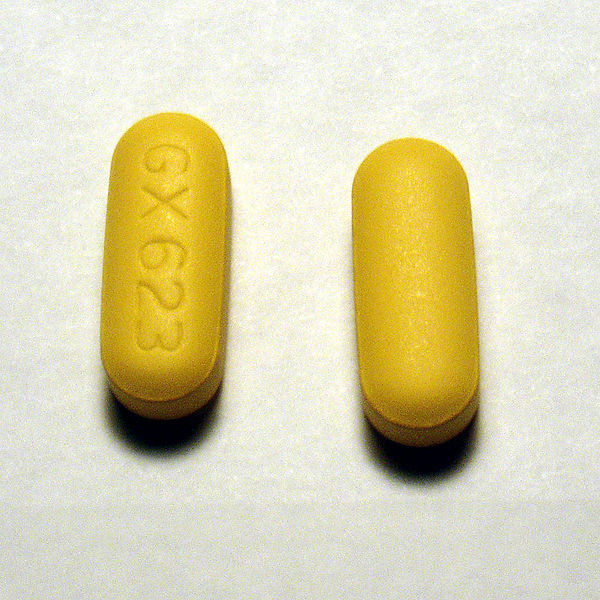A few years ago I was talking one of my mentors at Kidney Week, John Asplin. He mentioned
that he taught an integrated lecture on metabolic alkalosis and hypokalemia. I thought this was an inspired idea.
Teaching separate classes on both subjects results in a lot of overlap because the renal mechanisms for both disease are the same, this means that many of the diseases that cause one, also cause the other.
Additionally hypokalemia can cause metabolic alkalosis and metabolic alkalosis can cause hypokalemia, so it makes sense to teach both of these conditions in an integrated lecture.
Lastly, teaching each electrolyte individually in isolation from each other is a missed opportunity. One can only appreciate the beauty of electrolyte physiology when one understands how each electrolyte fits together and how abnormalities in one is associated and affects all of the other electrolytes.
Unfortunately, I botched the lecture. I gave this lecture for the first time for the Oakland University Beaumont Medical School this past August. I knew it didn’t go too well, but this week I received the class feedback. Overall my statistical evaluations were excellent but when I read the comments the students were jackals. They savaged this lecture.
Timing was on my side, I was scheduled to give this lecture the day after I received feedback. I’m not done tweaking it but what I did for my Tuesday lecture was add more connective tissue between the concepts, and fill in with some additional summary slides.
Right now, I’m using it as a lecture to follow-up my potassium lecture, but at OU the students didn’t have any baseline potassium knowledge. In order for this lecture to work the students must already understand the basics of potassium, especially the central role that renal potassium handling has in potassium homeostasis. Hopefully I will be able to negotiate another hour into the GU schedule for this lecture.
My next plans for this lecture is to cut out a lot of the opening slides. The purpose of those slides is to quickly move from introducing potassium and hypokalemia to getting to the truth that hypokalemia is almost solely a disease of increased renal losses.
I want to add a slide about disease opposites:
- Pseodohypoaldosteronism type 1 and Liddle syndrome
- Godon’s syndrome and gittleman’s syndrome
- Adrenal insufficiency and AME
I want to add some slides on how hypokalemia causes (specifically, maintanes) metabolic alkalosis and then how metabolic alkalosis causes hypokalemia.














